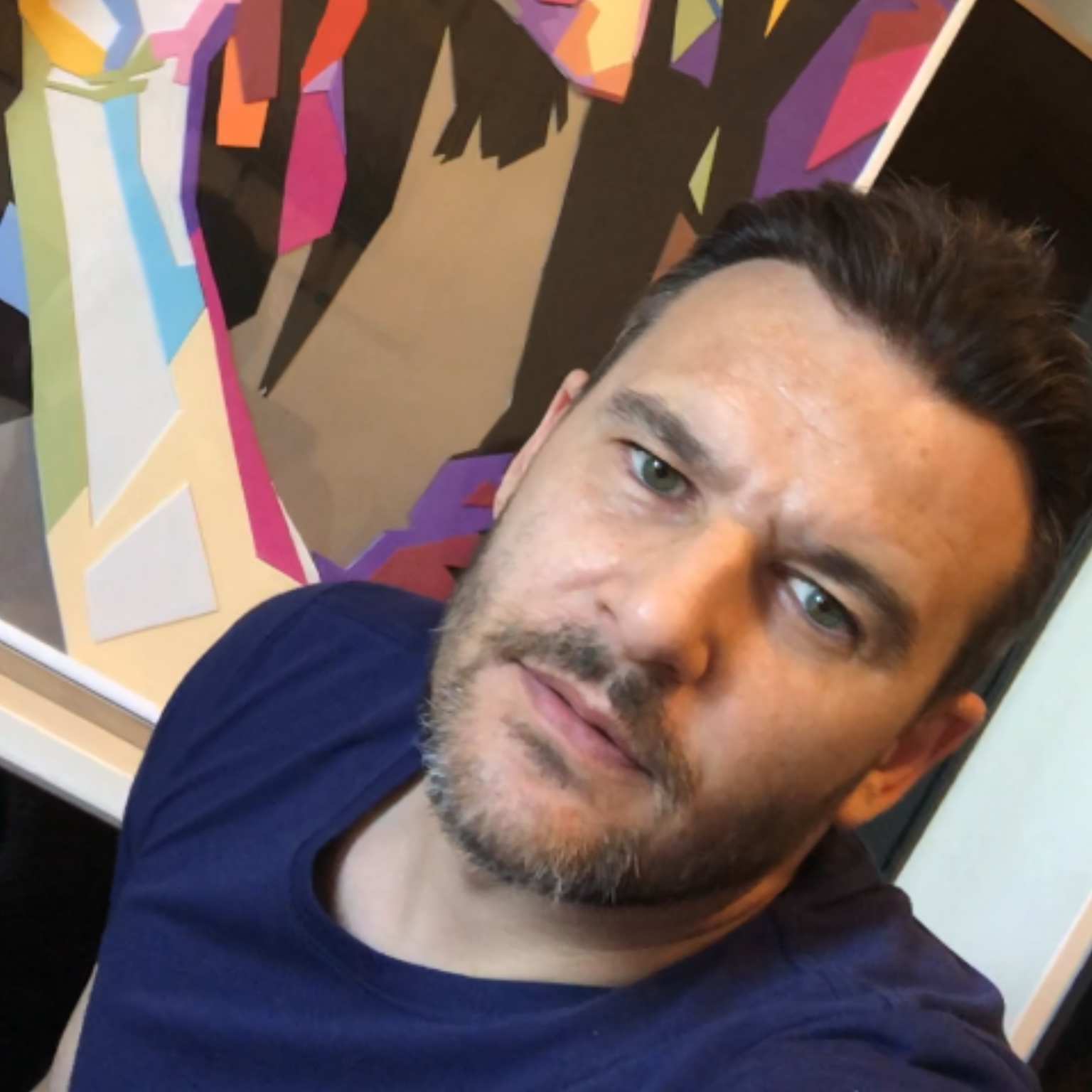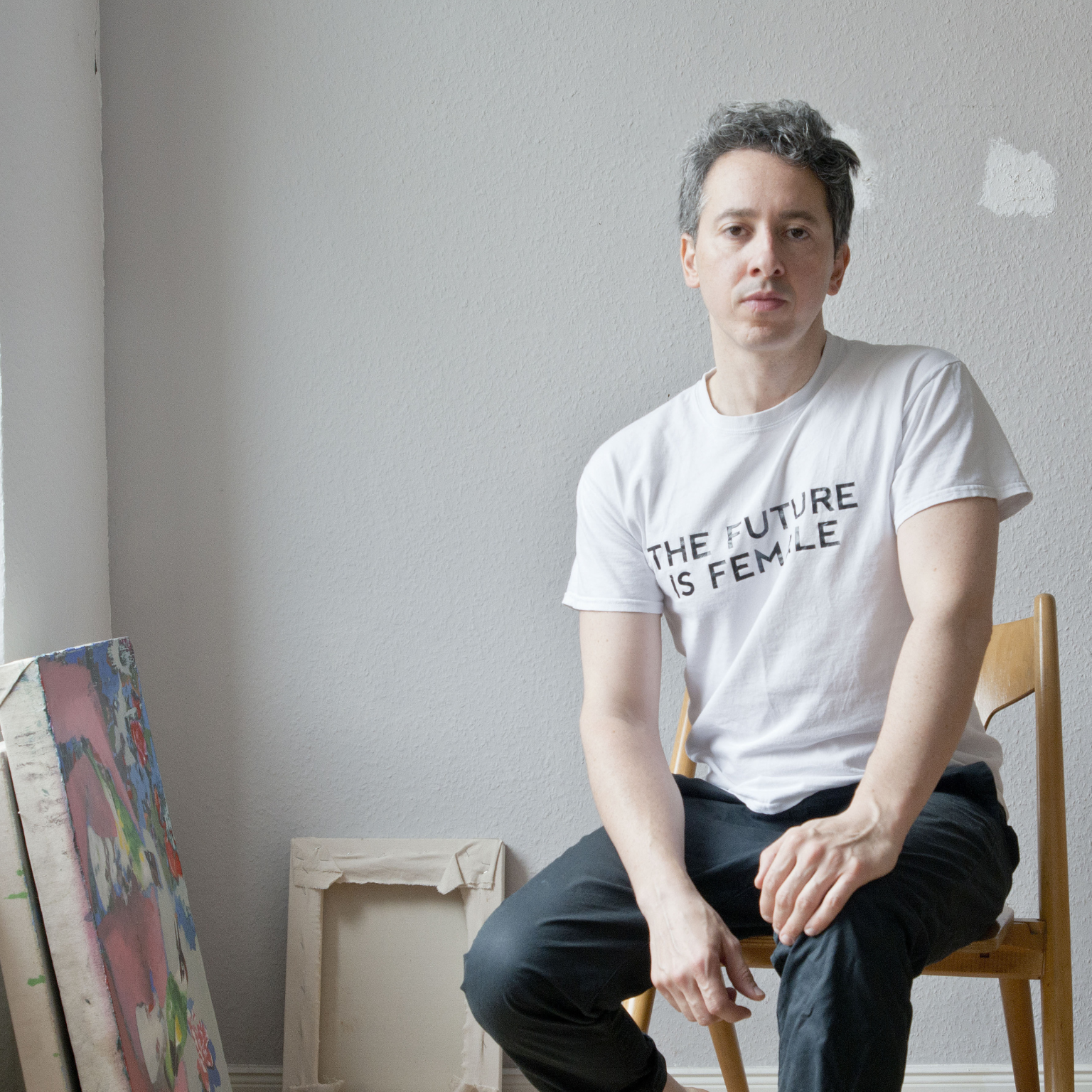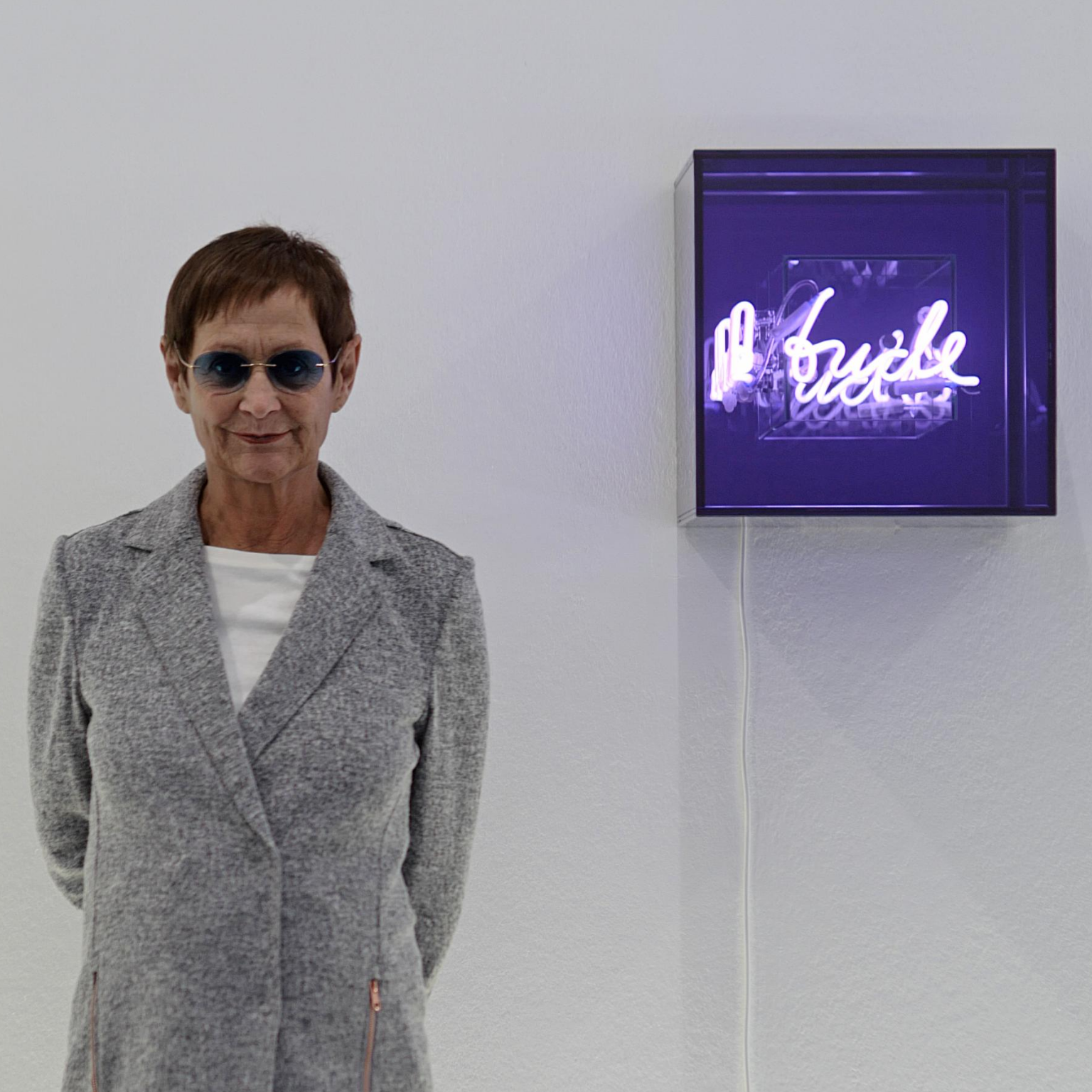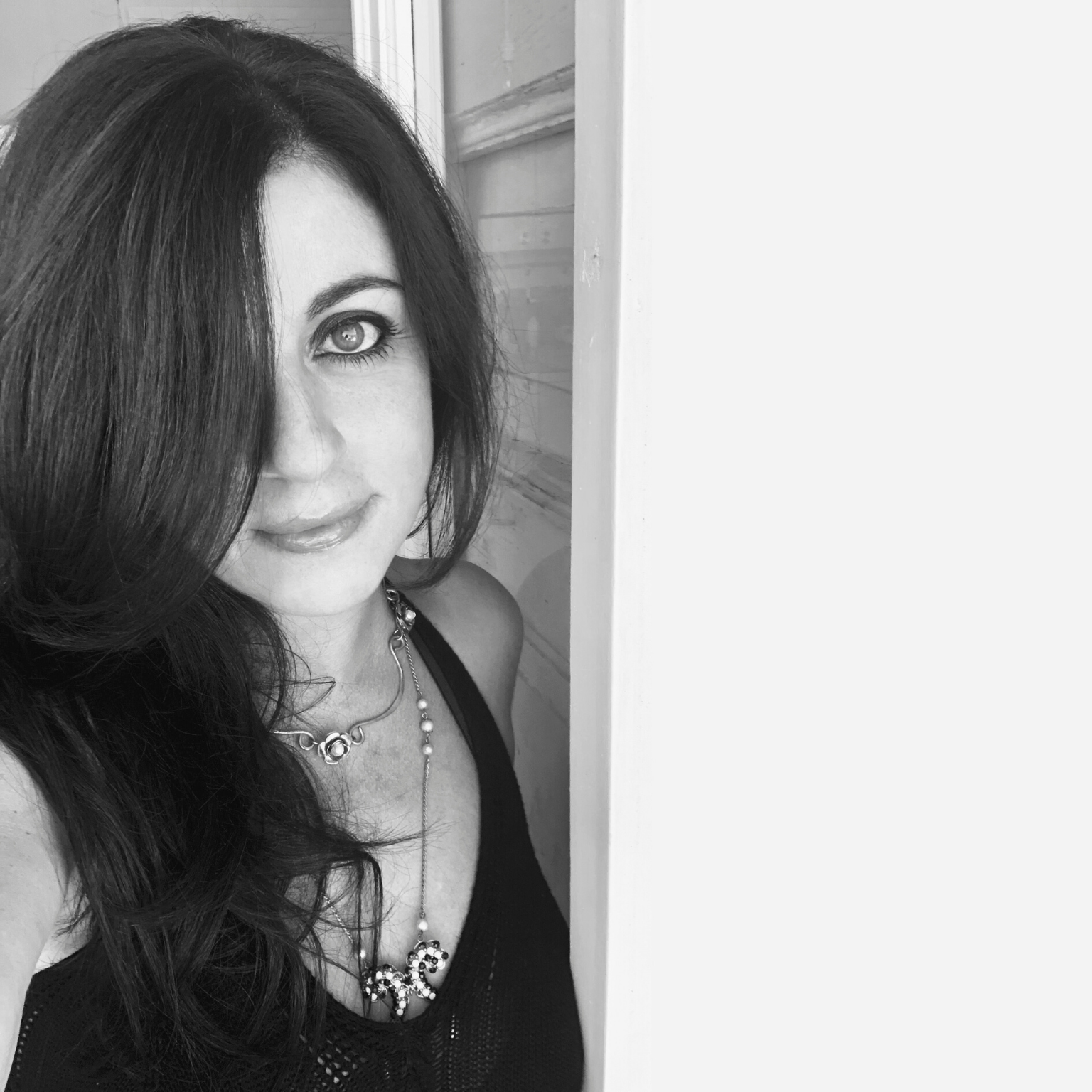Enrico Lunardi, artist from Venice, Italy. Photography © Andrea Lunardi
1.In your opinion what is the role of a museum?
The role of museums today is fundamental. It is a place of conservation and dissemination of our artistic history where you can see the masterpieces of art from all over the world. When I can, I visit art exhibitions because artistic curiosity is always present within me.
I love the meditative silence that is perceived when walking through the halls of the museums: it gives me that sense of respect for the place where I am and for the works installed, even if there are people, the sensation of silence is pleasant. However, I believe that museum ticket prices should be more accessible so that everyone can have the opportunity to visit them.
2.What are your favorite museums in the world? Why?
My favorite museums are the Louvre, the MoMA, the Uffizi Galleries and then, living near the city of Venice, I often go to the Biennale: it is a magical place, a source of great inspiration for me. I prefer contemporary art as a form of artistic expression, and I am always impressed by it, but it is also true that art is fascinating in all its historical periods.
3.How important are social networks in your business? And which platform do you prefer and why.
I have never been a lover of social networks, but I realized that they are essential because they are the fastest way to get anywhere in the world, while sitting comfortably on the sofa at home.
Instagram is the social network I prefer, and it has become a fundamental part of my business because it’s a showcase to propose my works in a simple and direct way, in fact users often ask me for information on the materials used, the technique I use and times of realization of each work. I recently launched my personal website to have an even more direct contact with users and to stay updated on my business.
4.In particular, due to the coronavirus emergency, how have you changed your business on social networks?
In that period of lockdown in Italy, social networks were an integral part of my days and to my amazement, I received many commissions and not least, many compliments from users.
I used the period of forced closure in the creation of the portrait of Laura Pausini, an important work for me beacuse it’s a way to thank her for the many emotions experienced through her music. Music is a fundamental adventure companion to create my works because I immerse myself in the melody and it allows me to create even for 6 \ 8 hours without stopping. To create a work, I always start from a photograph on which I create segments, and based on the shadow on the subject, I choose the color to use.
My “liquid colors” are eva rubber sheets colored and with the right shades, I can produce a 3D effect, and one piece at a time I reassemble the puzzle accurately.
5.To create greater engagement among museums, artists and professionals, do you have any advice for cultural projects such as #MuseumWeek?
To promote art, the #MuseumWeek team is doing a great and important communication job on a global level. I believe that the right way is to create a connection between the parties (museums, artists and professionals), in a continuous collaboration, because history teaches us that those who do not have the ability to adapt to changes are destined to die out.
I therefore believe that #MuseumWeek is an important support for the promotion of art in the world.
Interview by Fabio Pariante, journalist
MORE
Enrico Lunardi on social networks: Instagram – Facebook – Website
Enrico Lunardi (Dolo, 1974) is an Italian artist from the province of Venice. Influenced by Pop Art artists such as Andy Warhol and Keith Haring, Lunardi from an early age became passionate about photography and contemporary art and for his artistic production he uses various materials, including recycled ones, such as rubber, wood, cork, plastic, nails and fabrics.
His works are mostly portraits of well-known faces and the main material he uses is eva or crepla rubber. The manufacturing process for each hand-made work is long and complex: one work can take about 30 hours of meticulous work. The artist lives and works near Venice.



